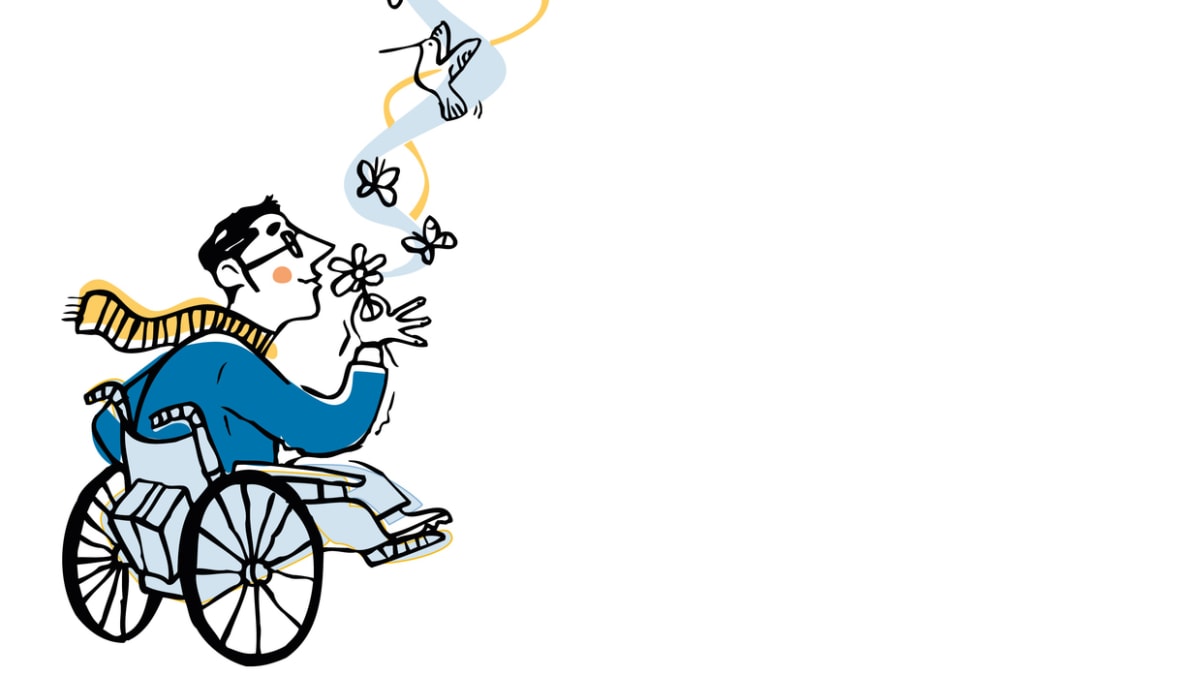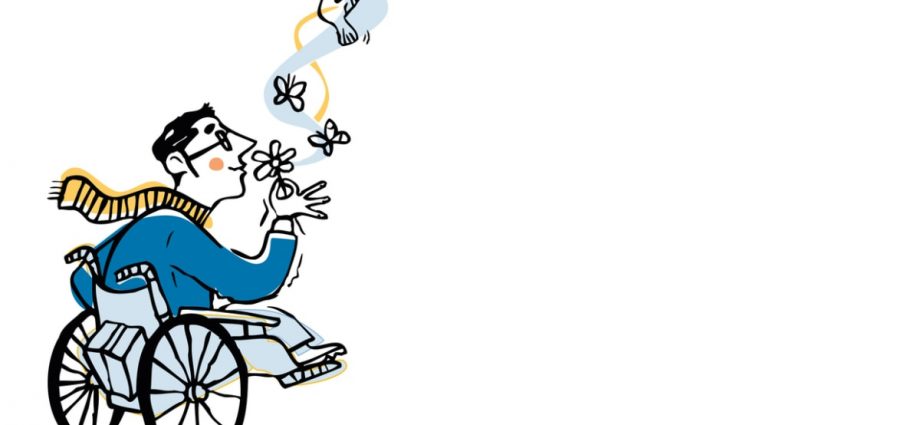
BEING ABLE TO CONTINUE WORKING
Mr Toh, a father of two boys in pre-school, has lost the functions of his arms and most of the strength in his legs.
“I became from a very active and healthy person who was very independent three years ago to someone who is fully dependent on caregiving like feeding, toileting, and showering,” he said.
However, his company, a US multinational corporation which embraces the culture of diversity, equity and inclusion, has been supportive, he said.
“The company and my management had been supportive of me from the start, like getting me a height adjustable workstation to allow me to stand and sit so that I can keep my leg muscles active,” he said.
He added that he is able to contribute to virtual meetings via the chat function available.
“My colleagues will help to read what I typed in the chat function during meetings to make sure that I am part of the discussion. I also use my eye tracker to edit Excel and PowerPoint,” he said, referring to the commonly used Microsoft programmes.
“The eye gaze technology has helped me retain a great deal of independence, especially when most things are done through a computer now. So, my days are quite fulfilling and being able to continue my work gives me an additional sense of purpose.”
Mr Toh, who is also the vice president of Motor Neurone Disease Association Singapore, added that his family is his main source of strength.
CHALLENGES FOR USERS AND CAREGIVERS
However, adjusting to the device was not without its hurdles, he said.
“There is a steep learning curve to get used to the device, knowing how to lay your gaze on the screen for selection of what you want to do on the screen,” he said. He also switched to a 24-inch monitor instead of a laptop so he does not have to strain his eyes.

